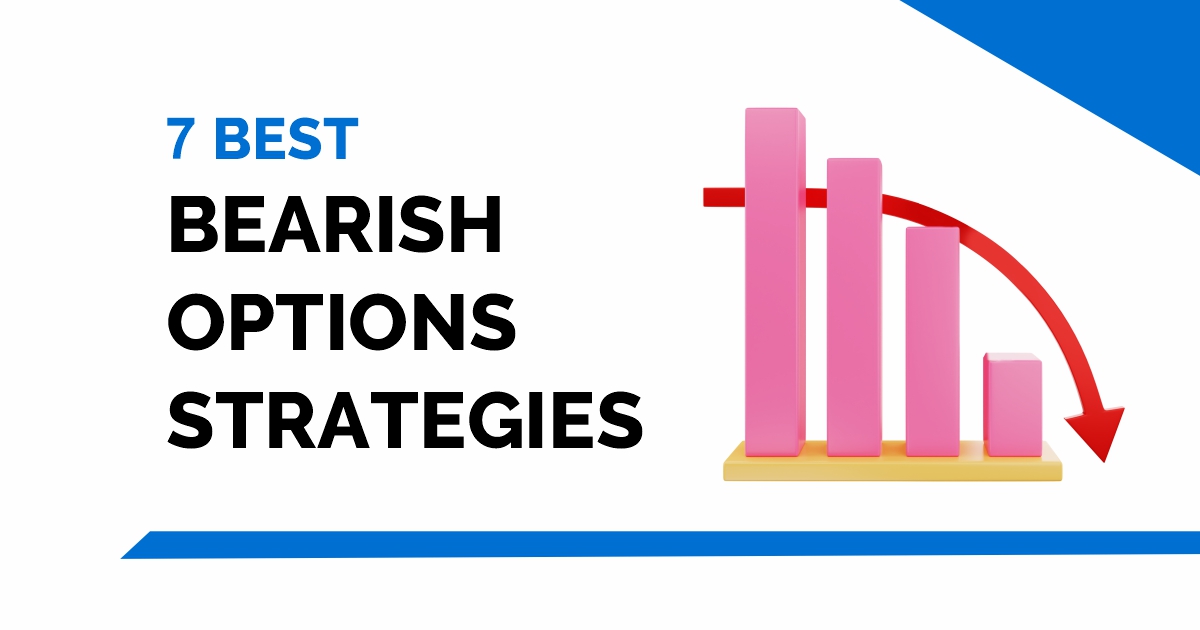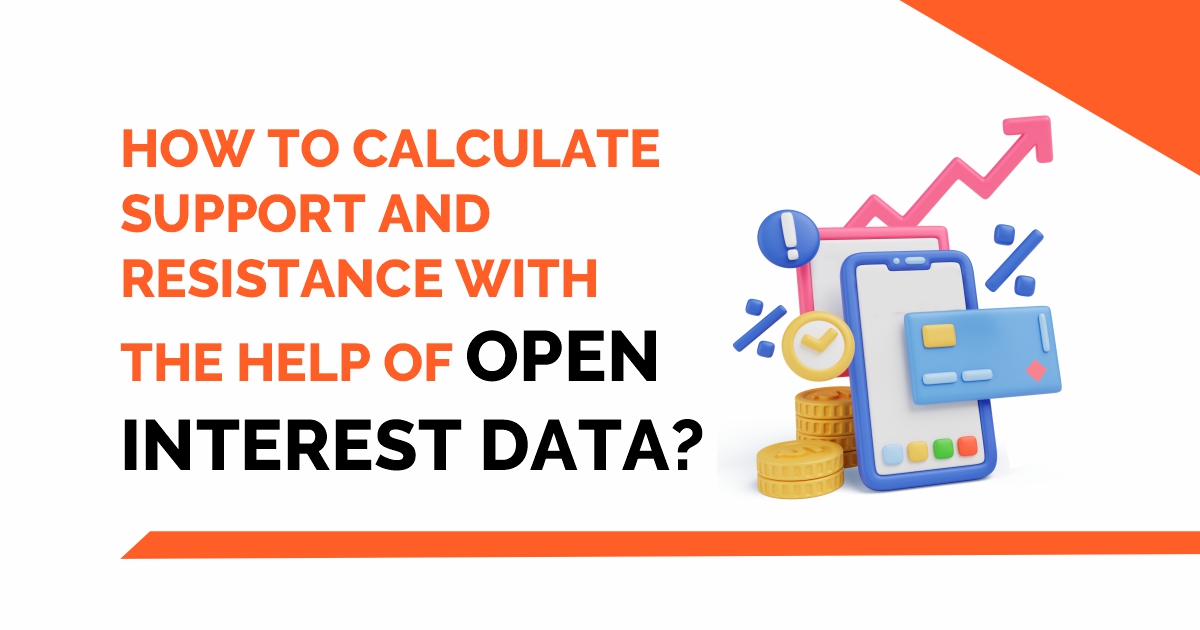Options provide traders with one-of-a-kind opportunities to profit. Options trading strategies can be even more effective when markets are volatile. Volatility trading, on the other hand, presents some difficulties. It can be difficult to pull the trigger if you lack the necessary education.
Volatility trading can be carried out in three ways:
- Trading the volatility found in the daily movement of stock prices.
- Traders seek to profit from the fast-paced and highly rewarding market moves.
- Invest in a volatility product, such as the CBOE Volatility Index (VIX).
Now, everyone who trades has traded volatility through the stock price in some way. Volatility-trading products, such as the VIX, are also available to traders.
As an options trader, you must be able to answer the question, “what is volatility trading?”
Let us discuss some of the volatility trading strategies:
What is Volatility Trading?
Volatility trading is the trading of an underlying instrument’s expected future volatility.
Rather than trading directly on the stock price (or futures) and attempting to predict market direction, volatility trading strategies attempt to predict how much the stock price will move regardless of current trends and price action.
Volatility is an important part of the options pricing model. Volatility is also closely associated with risk and reward.
Let us discuss some strategies that can help you to trade in a volatile market:
1. Forecasting stock prices with IV
We’ll look at an example to see how we can use implied volatility to help us decide which volatile trading strategies to employ.
Suppose Trader A wishes to capitalise on ABC stock’s bearish trend.
Our trader A now employs two traditional bearish options strategies to profit from bearish trends:
- Purchasing a Put option.
- A call option is being sold.
We can use implied volatility to determine which options trade is the best. To do so, let’s look at the strategies behind call vs put options.
First, because of the negative Vega component, selling call strategies can benefit from falling implied volatility. The underlying instrument, however, must trade below the Call strike. The option should expire with no tradeable value.
Buying put strategies, on the other hand, benefit from rising implied volatility. Because of the positive Vega component, this is the case. The Put option must gain value in order to be profitable.
Now the question is, Which of the two volatility trading strategies is better? The answer is determined by implied volatility.
Instead of focusing on ABC’s implied volatility, we want to look at where the IV is trading concerning its volatility range. We’ll assume that the IV for ABC stock is at the low end of its range.
Now, which of the two volatility options strategies do you think would benefit the most from an increase in implied volatility?
More volatile markets would benefit the “Buying Put Options” strategy in this case. One should note that when implied volatility rises, the underlying stock price usually falls. This supports our bearish prediction.
2. IV versus historical volatility
Taking advantage of historical volatility versus implied volatility is one of the most common volatility trading strategies.
It is simple to compare implied volatility to historical volatility. The former is based on current data, while the latter is based on previous data.
Consider how insurance companies overestimate the likelihood of your house burning down. The same principle of overestimation applies when trading volatile stocks, which means that options will always overestimate implied volatility.
In this case, we’re trading volatility by selling high overpriced implied volatility at the start of the expiration cycle. We do this with the understanding that most of our options trades (once they reach expiration) will lose value faster than the underlying instrument.
This means that our potential profit is the difference between the option price and the underlying stock price.
While implied volatility attempts to forecast future stock price ranges, historical volatility represents actual volatility over time. In other words, historical volatility is the actual volatility of stock prices.
You can also join our webinar on Volatile Market Options Strategies
Here are two key distinctions between historical and implied volatility:
- One depicts what has occurred in the past, while the other attempts to predict what will occur.
- The historical volatility is determined by the actual price, whereas the IV is determined by the options pricing (calls and puts).
In conclusion:
Selling options with high implied volatility can give you a competitive advantage.
3. Diagonal Long Call Spread Strategy
When the underlying instrument is range-bound, this volatile trading strategy works best. Market volatility can allow us to focus more on implied volatility and its impact on stock prices.
Some traders are perplexed as to how the long call diagonal works. This diagonal can frequently prompt a trader to open or close a new position. A long call diagonal is comprised of two types of spreads:
- Option to sell out of the money (OTM).
- Purchasing in the money (ITM).
Both options have the same strike price but expire at different times. Money options have an additional expiration date.
Join our course on Trading Mentorship Program
Bottomline
To summarise, volatility trading allows you to detach yourself from price movements. It also allows you to create trades with greater flexibility and precision. Trading opportunities beyond price movements are sought by volatility trading strategies. Understanding implied volatility and how to trade volatility can assist you in selecting the best options strategy.
We hope you found this blog informative and use it to its maximum potential in the practical world. Also, show some love by sharing this blog with your family and friends and helping us in our mission of spreading financial literacy.
Happy Investing!








